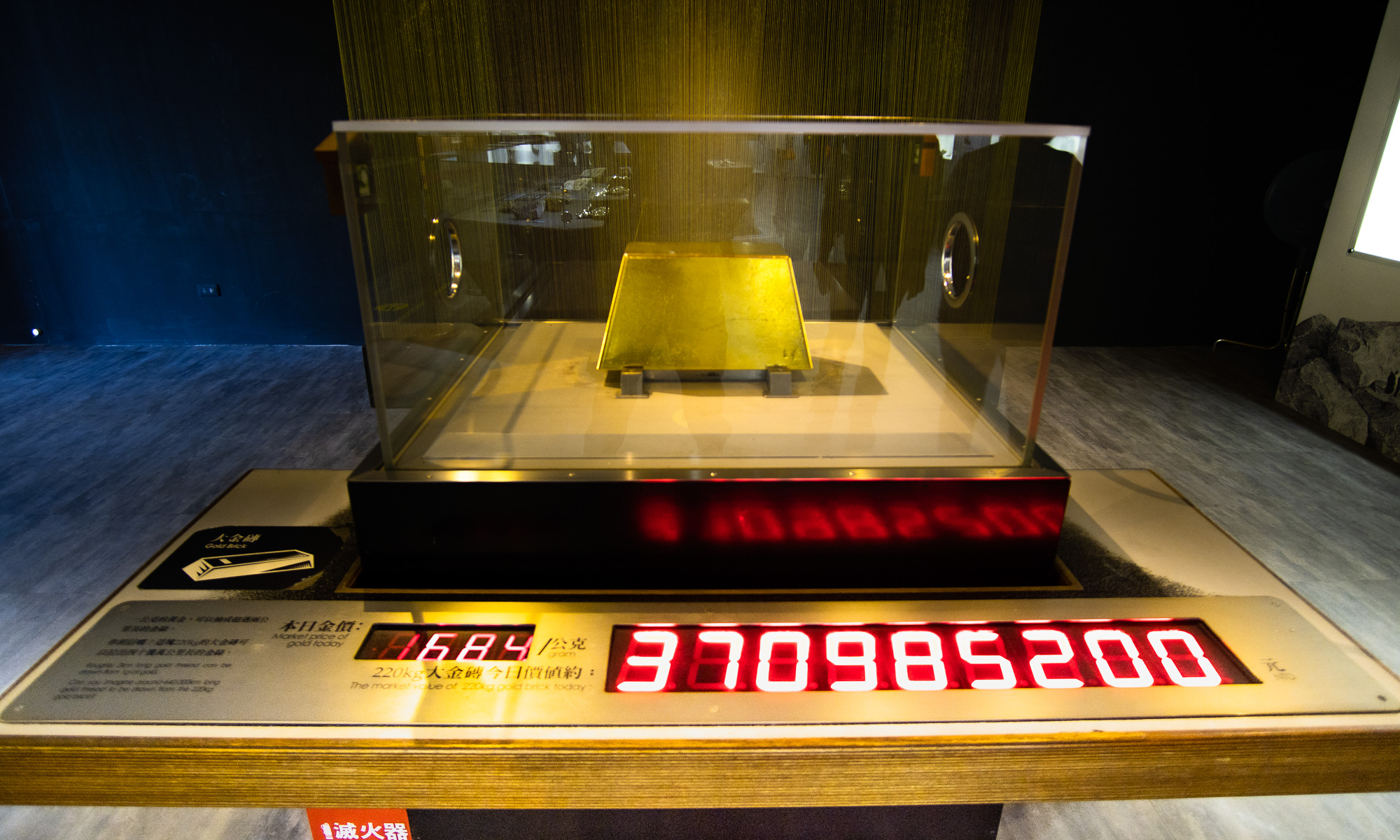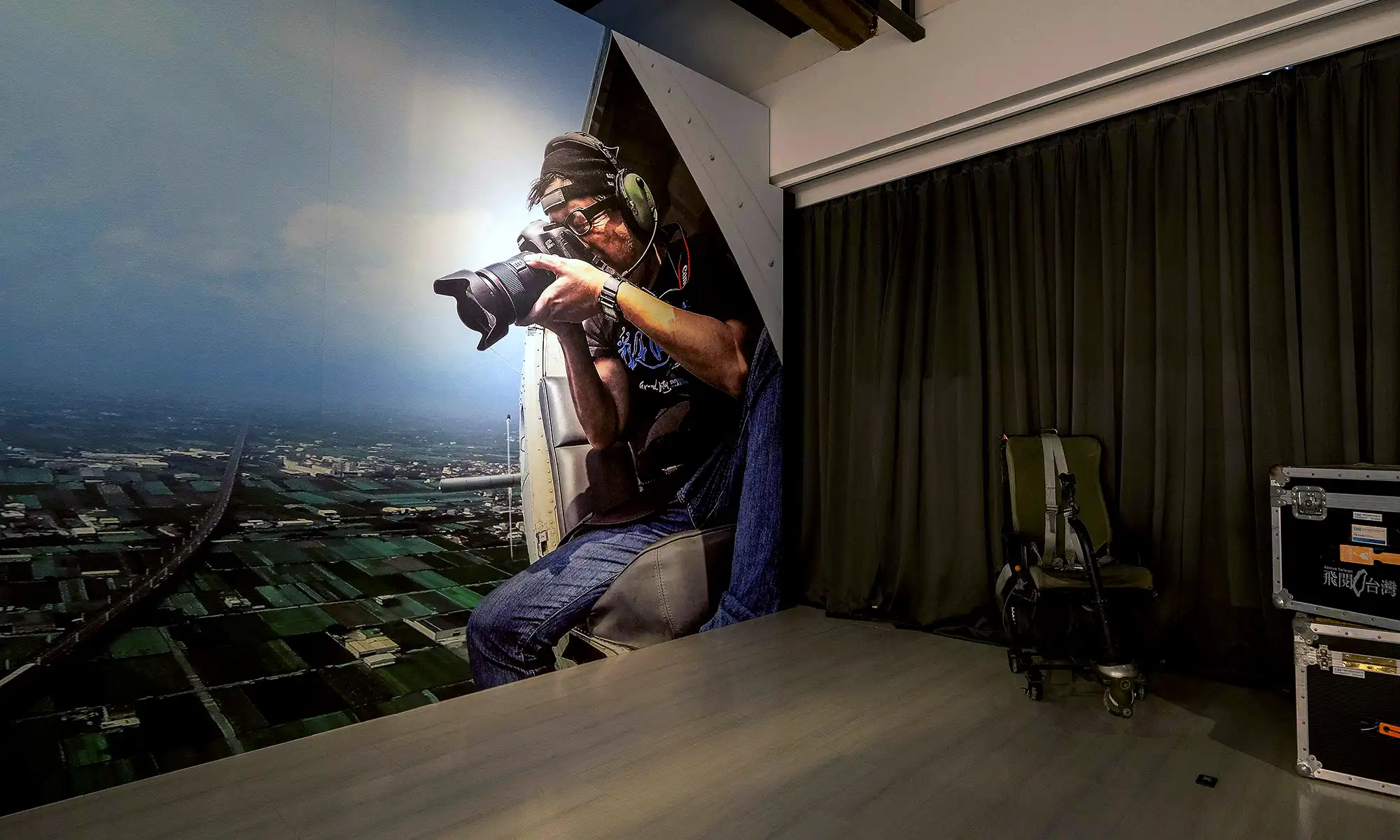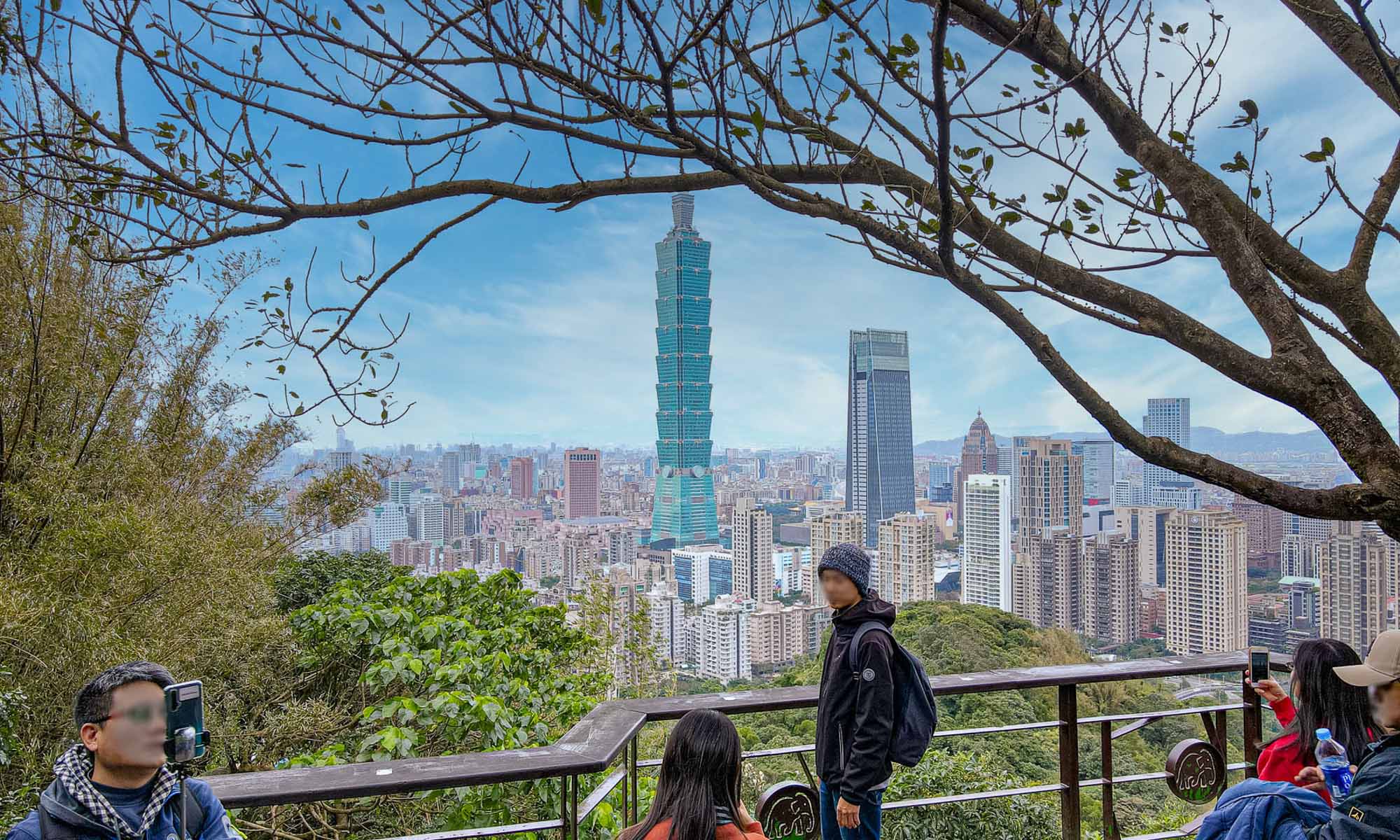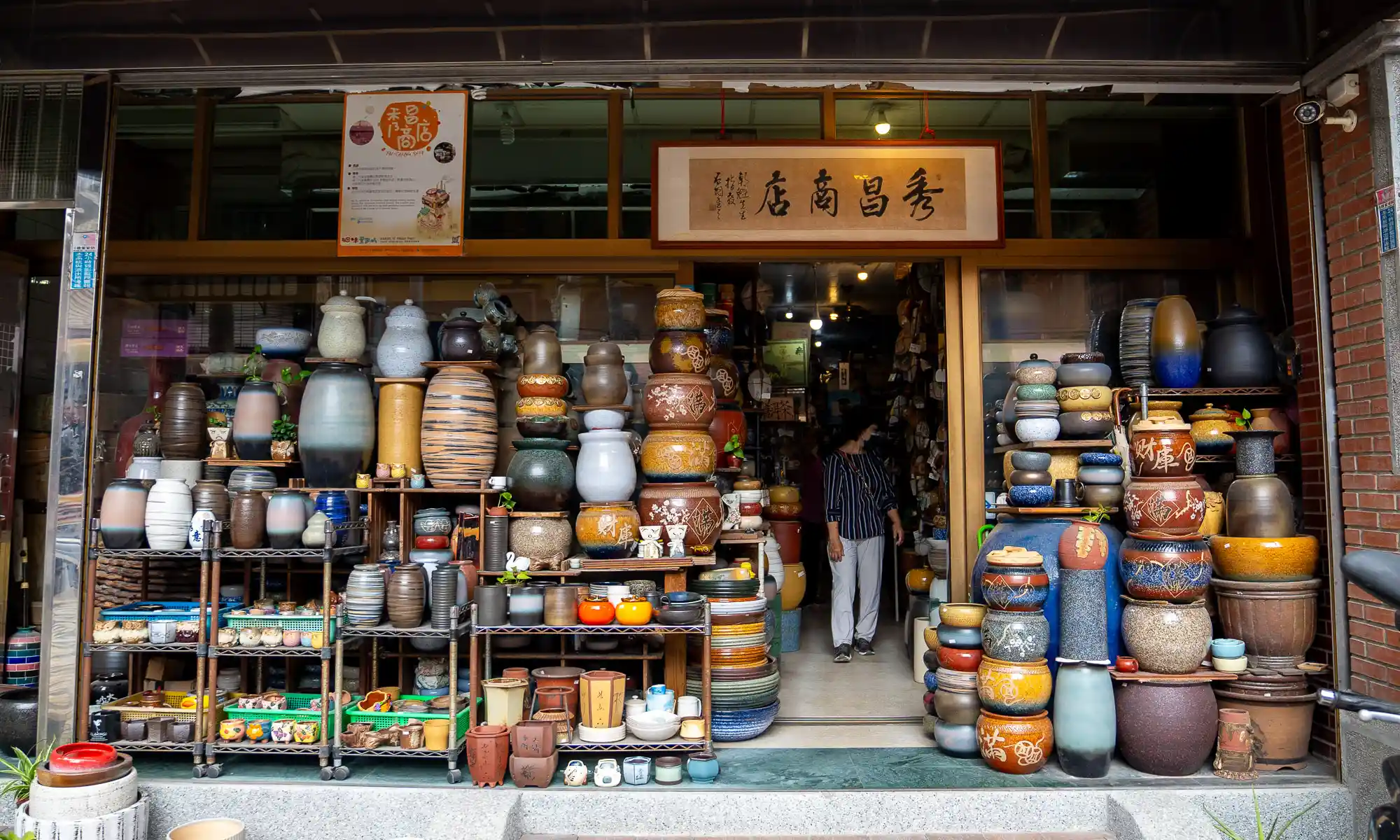THE GOLD MUSEUM IN JINGUASHI
Jinguashi, a gold mining town just beyond the ridge of the magical mountain town of Jiufen, no longer produces any gold, but its complex history, well-preserved ruins, and cultural value have resulted in a nomination as a potential United Nations World Heritage Site. The New Taipei City Government Gold Museum at Jinguashi also offers a day of fun and educational opportunities for all-ages.
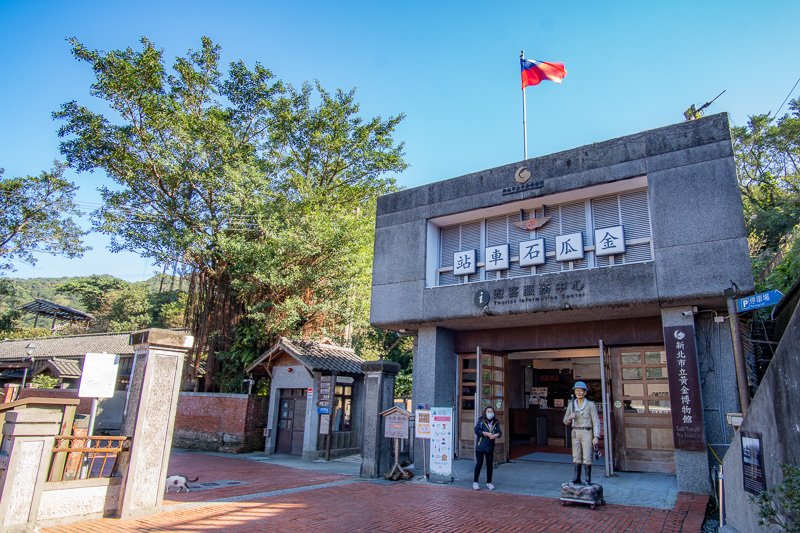
Jinguashi history begins in the late 1800s with the discovery of copper and gold in the mountainside. Under the direction of the Japanese government, Jinguashi became not only Taiwan’s most prominent mine, but also the most productive gold mine in Asia. The imposing Shuinandong Refinery, a 13-floor smelter built into the steep mountainside, was the largest known smelter of its era. Its haunting ruins still cover the landscape between the town of Jinguashi and the famous two-color Yinyang Sea below. After years of decline, the mine was finally shut down in 1987.
Today, with the help of the New Taipei City Government, the town has seen a revival in the form of cultural tourism. The New Taipei City Government Gold Museum, which mixes modern design with cultural heritage and education, opened its doors in 2004. One of the museum’s highlights is the Benshan No. 5 Tunnel, an unique experience which leads into a real gold mining tunnel where one can get a first-hand experience of the environment inside the narrow gold mine.
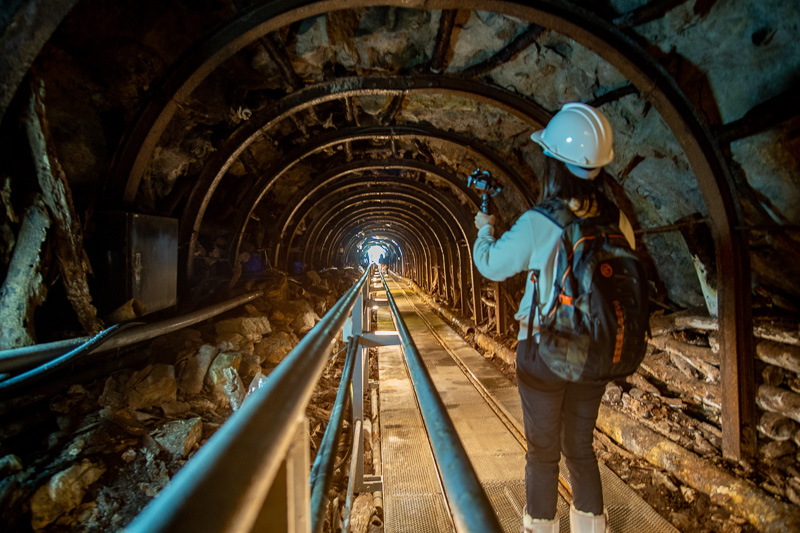
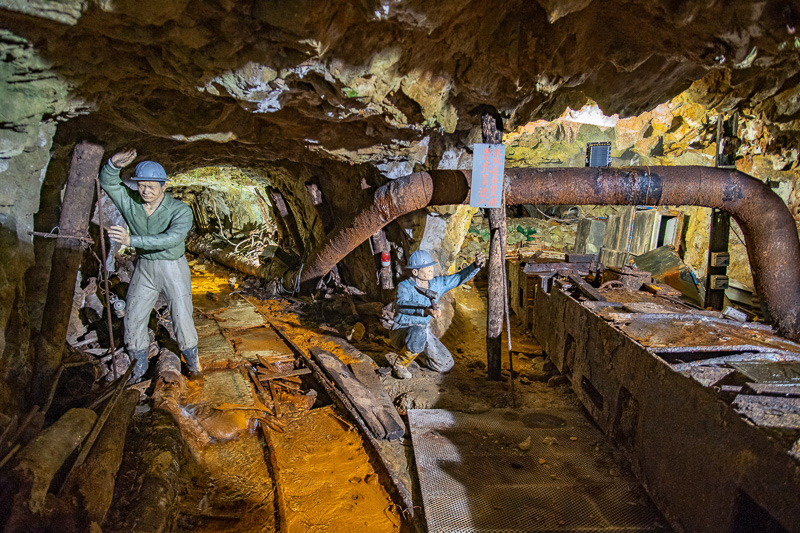
The Gold Museum also features historic Japanese era residences and dormitories including the Crown Prince Chalet, a rare example of a formal wooden Japanese building complete with an attached garden and archery field. The Gold Refining Building features displays of mining-era equipment and an interactive multimedia experience.
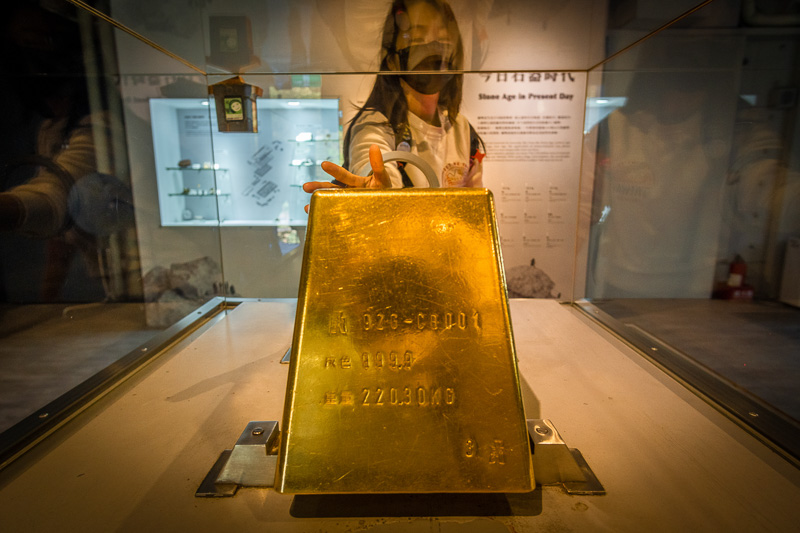
The Metal Art Building focuses on the products of the mine, displays include various metal crafts and traditional gold ornaments. The second floor features an interesting highlight: a giant 485-pound gold brick which visitors can touch with their own hands. When the museum first opened, visitors were invited to try moving it with their bare hands and if they could bring it home if anyone was able to overcome the challenge!
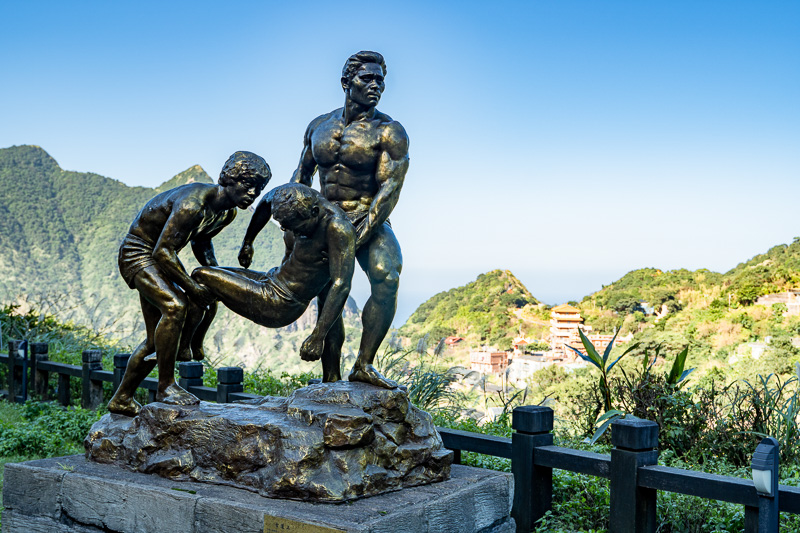
Nearby, the Taiwan POW Memorial and Peace Park presents another aspect of local history: during World War II, four thousand international war prisoners captured by the Japanese army were locked up in Jinguashi to work as miners and some even lost their lives. Jinguashi’s tourism now embodies another message: advocating peace and commemorating those who lost their lives in the horror of war.
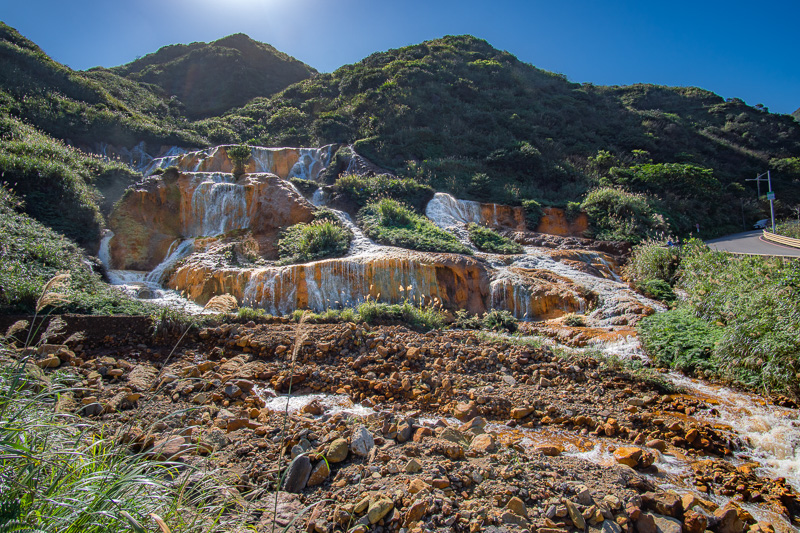
Just below Jinguashi, the natural Golden Waterfall, is a unique rocky cascade where the water and rocks seem to glow a bright yellow. This is caused by the high mineral content of the water. This serene spot also provides a view of the valley between Jinguashi and Keelong Mountain, and provides a peaceful spot for contemplation and enjoying nature.

